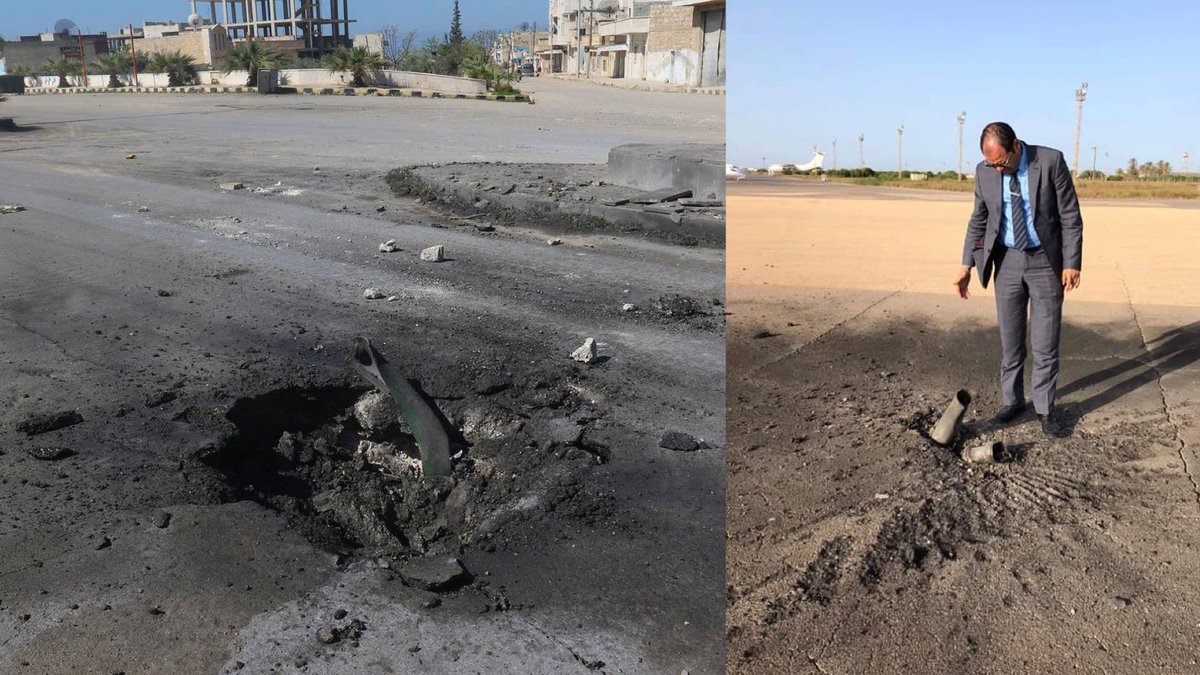Working on a response to Ted Postol's new Khan Sheikhoun crater theory, it blows my mind he thinks it's formed by a 122mm warhead, there's multiple examples of 122mm impacts that look nothing close to the Khan Sheikhoun crater. Examples from Mariupol 2015 shown below: 

Left is what Ted Postol claims was caused by a warhead from a 122mm Grad; Right is an actual 122mm Grad warhead impact 

And just to be 100% clear, here's Postol stating it was caused by a 122mm warhead. Can anyone find a single image of a 122mm warhead strike that's comparable to the Khan Sheikhoun crater? 

We have lots of videos from the aftermath of the Grad rocket attack on Mariupol in 2015 showing multiple craters on multiple surfaces, none of which look anything like the size and depth of the Khan Sheikhoun crater drive.google.com/drive/folders/…
If you've any other examples of craters from Grad rockets, send them over, the more the merrier.
I have to wonder if Postol just didn't bother looking at real world examples of Grad rocket impacts before concluding his simulation was correct. Seems like a basic thing to overlook.
• • •
Missing some Tweet in this thread? You can try to
force a refresh











